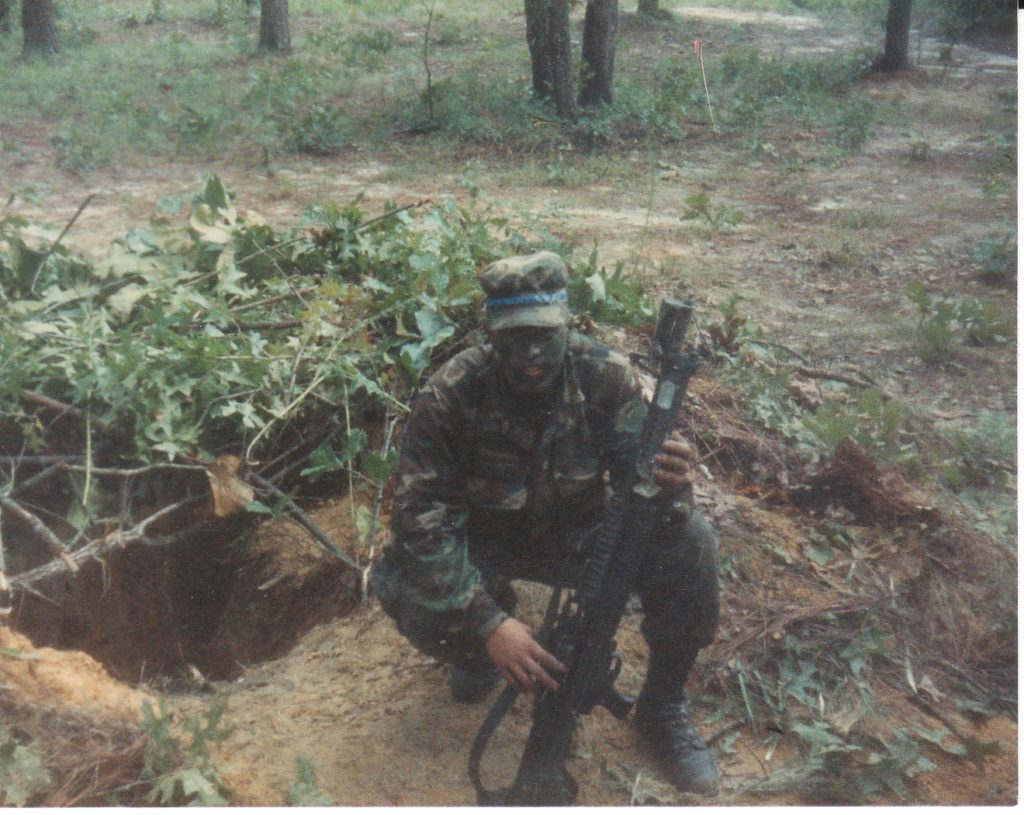I’ve been a M*A*S*H fan since childhood. Although it’s a comedy sitcom, I’ve always found nuggets of wisdom in it, including excellent leadership lessons.
In one episode, Col. Potter remarks — “Just remember, there’s a right way and a wrong way to do everything and the wrong way is to keep trying to make everybody else do it the right way.”
I’ve thought about this quote extensively and how it has such broad application to so many different contexts. In the context of my professional life as a technology leader, I’ve thought about the quote and how it applies to project success.
Project management is as much a soft art as it is the application of hard skills. The textbook skills can be taught, but there are skills that are more nuanced and require being able to read people, the organization as a whole and reading the dynamics between people. These are skills that can only be learned through experience. As much as every project has similar characteristics, there’s almost always differences that matter and keep project management from being cookie-cutter.
This brings me to the main point of this post. A lesson I’ve learned over the years, one learned from my days of serving in the military, is that intent focus on the mission and having a clear definition of the desired outcome is far more important to getting everyone to “do it the right way.” Process and structure are very important, but having structure and process should not become the overriding purpose of the project.
Often, project managers, in demonstrating their skills, focus too intently on following and getting everyone else to follow the more rigid aspects of project management. A project can be a deemed a success because all the steps that go into traditional project management were executed to a “T,” but that doesn’t necessarily mean the project is a success in achieving the desired outcome.
Knowing and understanding the objective is vital. I witnessed this on a recent project where the definition of “success” was not well understood, even though there was a solid project charter. Moreover, sometimes the objective can change over time, or different people may develop different ideas about the meaning of “success” of the project.
This is where a project manager really earns her keep — by working with leadership and stakeholders to constantly and consistently clarify and reinforce the mission and to adjust it when necessary, then communicating it back broadly and regularly. This is a more nuanced aspect of project management.
As a follow-up to this post, I’ll be writing about the five paragraph operations order used in the military and how it relates to project management in the technology world.


